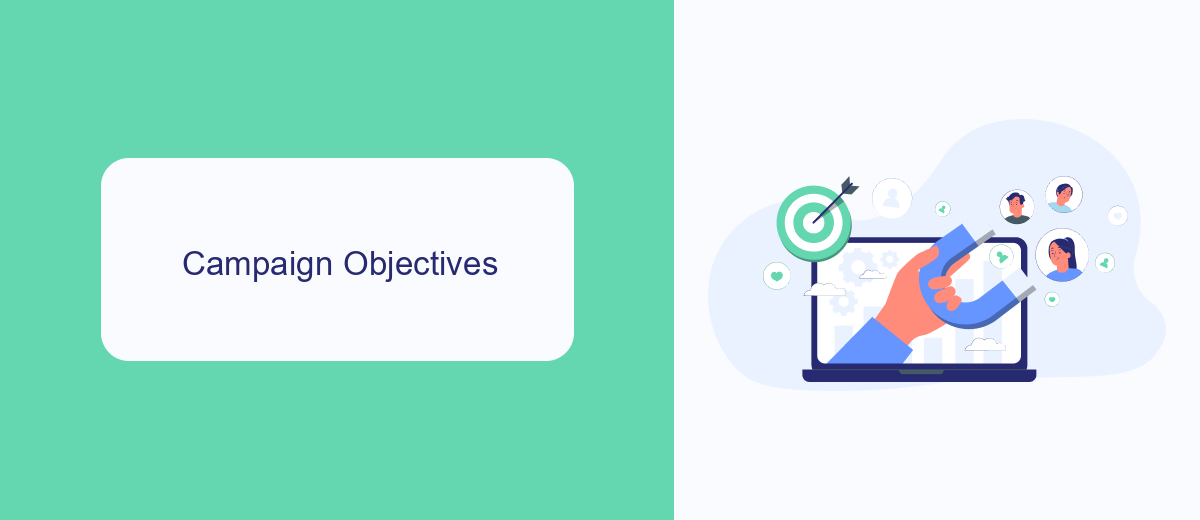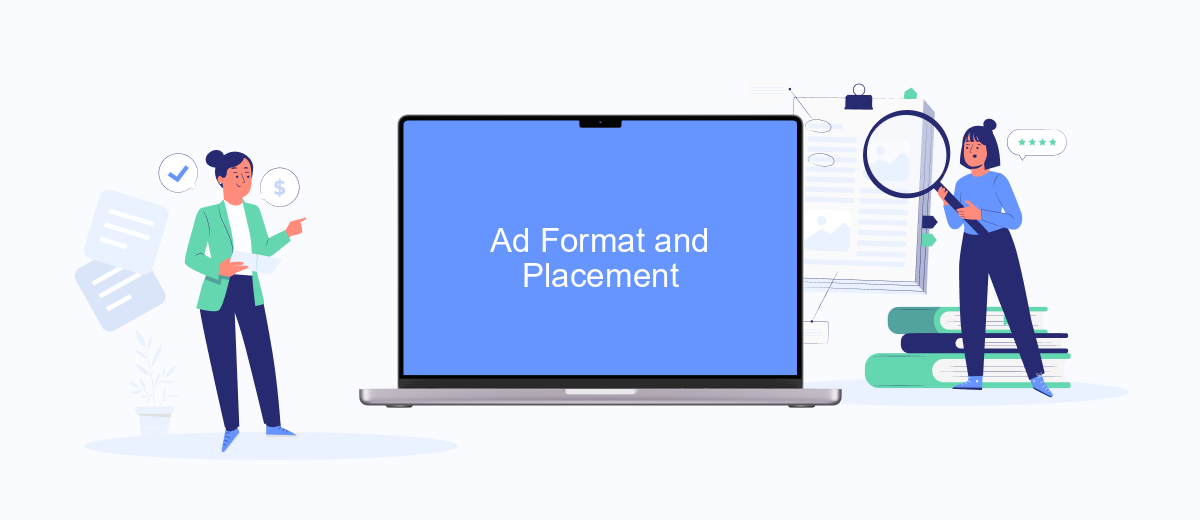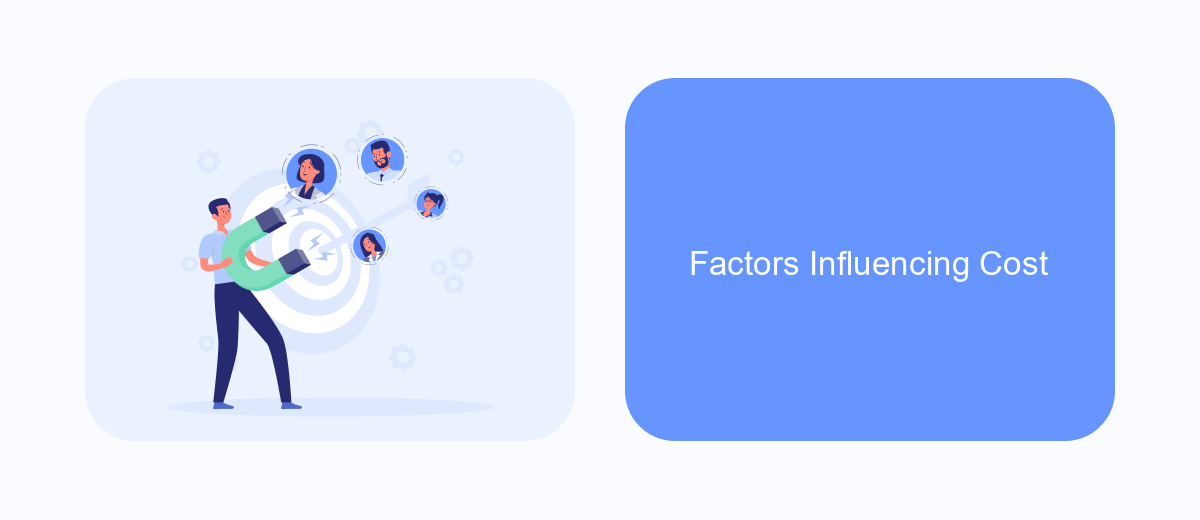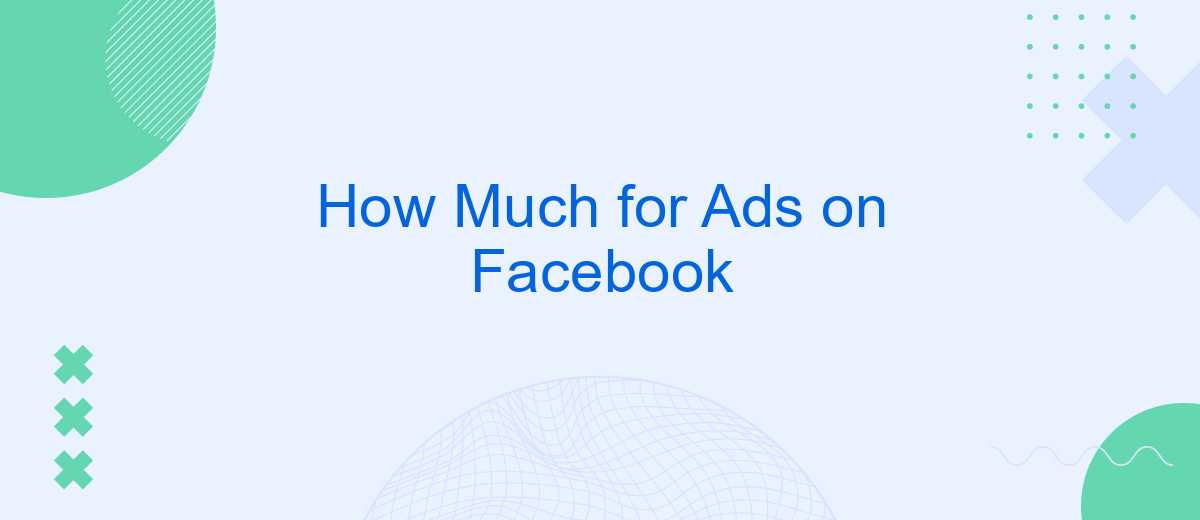Advertising on Facebook has become an essential strategy for businesses of all sizes, offering unparalleled reach and targeting options. However, understanding the cost of running ads on this platform can be complex. In this article, we will break down the factors that influence Facebook ad pricing, helping you to budget effectively and maximize your return on investment.
Pricing Structure
Facebook Ads pricing is influenced by various factors, making it essential to understand the structure to get the best value for your investment. The cost can vary based on your target audience, ad placement, and campaign objectives. To navigate these complexities, it's helpful to break down the elements that contribute to the overall pricing.
- Cost Per Click (CPC): You pay every time someone clicks on your ad.
- Cost Per Thousand Impressions (CPM): You pay for every thousand times your ad is shown.
- Cost Per Action (CPA): You pay when a specific action, like a purchase or sign-up, is completed.
- Budget and Bidding: You set a daily or lifetime budget and bid for ad placements.
To optimize your ad spend, consider using integration services like SaveMyLeads. This platform helps automate lead generation and management, ensuring you get the most out of your Facebook Ads budget. By streamlining these processes, you can focus on creating effective ad content and strategies.
Campaign Objectives

When setting up a Facebook ad campaign, defining clear campaign objectives is crucial for achieving your marketing goals. Facebook offers a variety of objectives, including brand awareness, reach, traffic, engagement, app installs, video views, lead generation, messages, conversions, catalog sales, and store traffic. Each objective aligns with different stages of the customer journey, from awareness to conversion. By selecting the right objective, you ensure that your ads are optimized for the desired action, whether it's driving more website visits, generating leads, or increasing sales.
To enhance the effectiveness of your campaigns, consider integrating third-party services like SaveMyLeads. SaveMyLeads automates the process of capturing and managing leads generated from your Facebook ads, allowing for seamless integration with your CRM or email marketing tools. This not only saves time but also ensures that your leads are promptly followed up, increasing the chances of conversion. By leveraging such integrations, you can streamline your marketing efforts and focus on optimizing your ad performance and achieving your campaign objectives.
Ad Format and Placement

When planning your Facebook ad campaign, it's crucial to understand the various ad formats and placements available to you. Facebook offers a range of formats and placements to help you reach your target audience effectively. Each format has its unique advantages and can be tailored to suit different marketing goals.
- Image Ads: Simple and effective, these ads use a single image to capture attention.
- Video Ads: These ads are excellent for storytelling and showcasing products in action.
- Carousel Ads: Allow you to display multiple images or videos in a single ad, ideal for showcasing a range of products.
- Slideshow Ads: Combine multiple images or videos to create a lightweight, quick-loading video ad.
- Collection Ads: Feature a cover image or video with multiple product images underneath, perfect for e-commerce.
In addition to choosing the right ad format, selecting the appropriate placement is equally important. Facebook offers placements across its various platforms, including the main Facebook feed, Instagram, Messenger, and the Audience Network. To streamline your ad integration and ensure seamless data flow, consider using services like SaveMyLeads, which can automate the process and enhance your campaign's efficiency.
Factors Influencing Cost

When determining the cost of advertising on Facebook, several factors come into play. Understanding these variables can help businesses optimize their ad spend and achieve better results. One of the primary factors is the target audience. The more specific and competitive the audience, the higher the cost per click (CPC) or cost per thousand impressions (CPM) will be.
Another crucial factor is the ad placement. Ads placed in high-visibility areas such as the Facebook news feed or Instagram stories typically cost more than those in less prominent positions. Additionally, the ad's quality and relevance score can significantly impact its cost. Facebook rewards ads that are engaging and relevant to the audience with lower costs and better placement.
- Target Audience
- Ad Placement
- Ad Quality and Relevance Score
- Seasonality and Market Demand
- Budget and Bid Strategy
Utilizing integration services like SaveMyLeads can streamline your ad management process. SaveMyLeads helps automate lead generation and ad performance tracking, enabling businesses to focus on crafting high-quality ads and refining their target audience. By leveraging such tools, companies can gain insights and make data-driven decisions to optimize their Facebook ad spending effectively.
Budget Planning
When planning your budget for Facebook ads, it's essential to start by defining your overall marketing goals. Determine what you aim to achieve, whether it's brand awareness, lead generation, or direct sales. This will help you allocate your budget more effectively. Analyzing past campaign performance and industry benchmarks can provide valuable insights into how much you should be spending. Additionally, consider using tools like Facebook's Ads Manager to experiment with different budget allocations and see what works best for your specific objectives.
Integrating your Facebook ads with other marketing tools can streamline your efforts and improve ROI. For instance, using a service like SaveMyLeads can automate the process of collecting and managing leads generated from your ads. This not only saves time but also ensures that no potential customer falls through the cracks. By automating lead management, you can focus more on optimizing your ad spend and less on administrative tasks, making your budget planning more efficient and effective.
- Automate the work with leads from the Facebook advertising account
- Empower with integrations and instant transfer of leads
- Don't spend money on developers or integrators
- Save time by automating routine tasks
FAQ
How much does it cost to advertise on Facebook?
What factors influence the cost of Facebook ads?
Can I control my Facebook ad budget?
How can I optimize my Facebook ad spend?
Is there a minimum amount I need to spend on Facebook ads?
Use the SaveMyLeads service to improve the speed and quality of your Facebook lead processing. You do not need to regularly check the advertising account and download the CSV file. Get leads quickly and in a convenient format. Using the SML online connector, you can set up automatic transfer of leads from Facebook to various services: CRM systems, instant messengers, task managers, email services, etc. Automate the data transfer process, save time and improve customer service.

